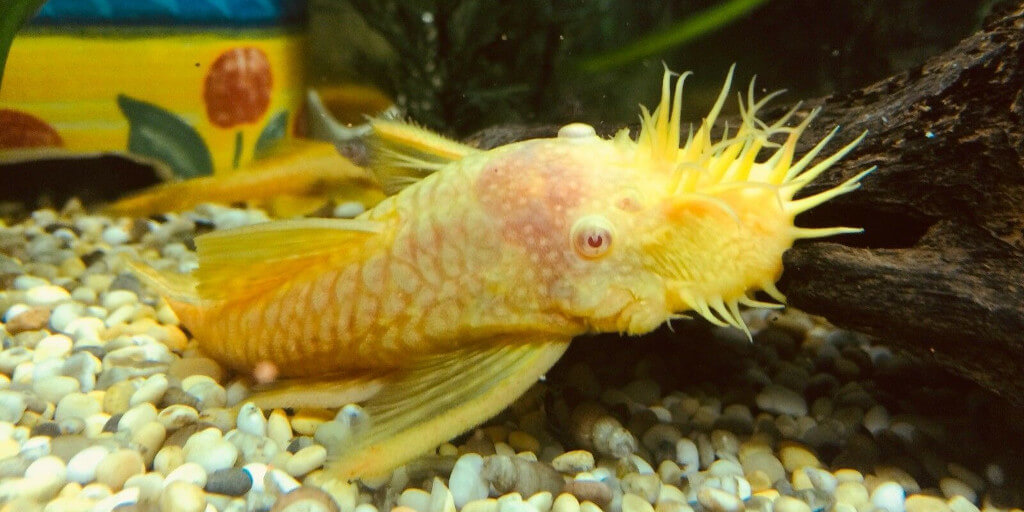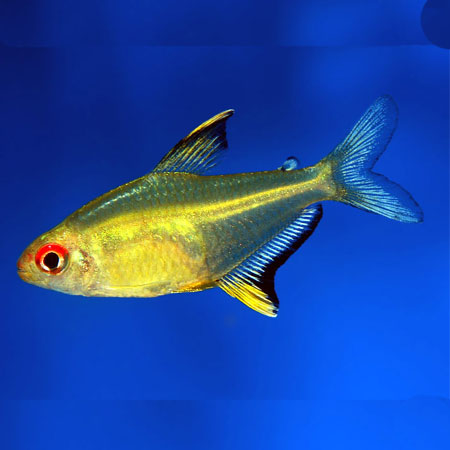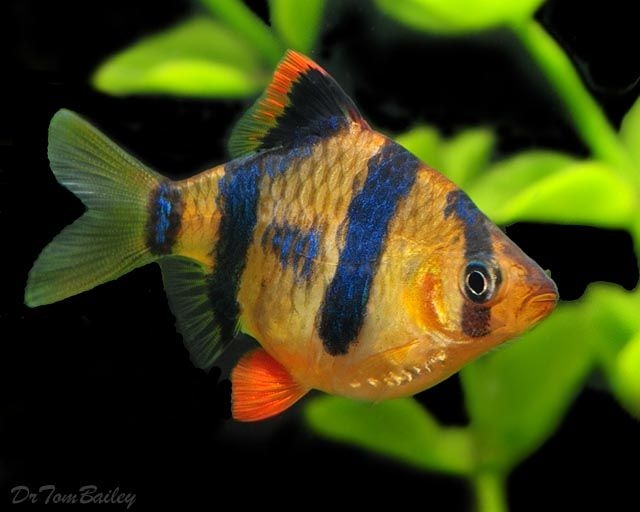Albino Bristle Nose Plecos (Ancistrus sp.) are a color variant of the common Bristle Nose Pleco, native to the shallow, rocky tributaries of northern and central South America. Their pale yellow or white coloration helps them blend with the sandy, rocky substrates of their natural habitats, where they thrive in low-light, well-oxygenated waters. Their ability to detect food using whisker-like appendages makes them highly adaptable and successful in their environment.
Aquarium Care:
- Tank Size: A minimum of 30 gallons is recommended for Albino Bushy Nose Plecos.
- Water Conditions: They thrive in well-oxygenated water with areas of filtered lighting. These fish enjoy environments with driftwood, tree roots, and large, smooth rocks to mimic their natural habitat.
- Aquarium Setup: Include some vegetation and ensure that the tank has low to moderate lighting, similar to the filtered sunlight they experience in the wild.
- Acclimation: Use a drip acclimation process when introducing them to the tank and allow about 30 minutes for adjustment. It’s also recommended to turn off the tank lights for about 30 minutes after introducing them to reduce stress.
Feeding & Nutrition:
- Diet: Albino Bristle Nose Plecos are omnivores. In the wild, they feed on small crustaceans, worms, and decaying plant matter. In the aquarium, they adapt well to sinking pellets and wafers designed for bottom feeders.
- Feeding Schedule: Feed them sinking food 2-3 times per week. They will also scavenge leftovers and decaying plant material from the substrate. Additionally, offer meaty foods like bloodworms, daphnia, and brine shrimp, as well as blanched vegetables like spinach and other greens.
- Feeding Monitoring: Pay attention to their body condition and adjust feeding based on their appearance and overall health, particularly their stomach girth.
By providing a suitable environment with adequate hiding spaces, proper feeding, and monitoring, you can successfully keep Albino Bristle Nose Plecos in your aquarium. They are hardy and adaptable, making them a popular choice for community and river habitat tanks.




Reviews
There are no reviews yet.